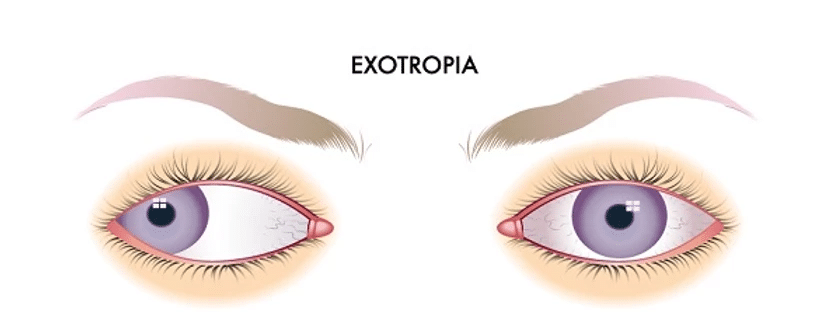Walled eyed: One of my eyes are turned towards my ear
What is wall-eye?
If you are worried about this condition, you have probably looked in the mirror and noticed that your eye has turned outwards from your nose. In fact, the term wall-eye does not have anything to do with walls even though it might seem like it should. Your eyes seem to want to look at the wall and not straight ahead.
However, this term is actually old Norse. The condition has a formal name – intermittent or constant strabismus – but wall-eye is far easier to say.

So what does this condition mean and what should you do?
What causes wall-eye?
There is no single cause. Genetics may play a part. If you or your spouse have it then there is a stronger likelihood your child might. However, even without genetics, it can occur in adults or children although it is more common in children. Wall-eye might affect you after a bout of illness or stress. What actually happens is that your brain decides to ignore the visual messages from the misaligned eye, causing wall-eye.
What are the symptoms?
The symptoms vary depending on the person and the severity. Obviously, visually your eye will not look quite right. However, other symptoms might include having a headache or feeling a sense of eye strain. You might have an inability to read comfortably and feel fatigued when reading and unstable or “fluttery” vision. It can be hard to judge distances or focus on an object. This can be irritating and upsetting for the sufferer. It is important to have your condition checked and your worries alleviated.

Treating wall-eye
As with any condition, the sooner it is treated the better. Early treatment will allow you to get on with your life, free from worry. Once diagnosed the best treatment can be provided. There are two potential methods to treat wall-eye. Firstly, it may be possible to improve your eye alignment with vision therapy. In many cases, this has proven highly successful especially when combined with glasses or an eye patch. The brain is trained to gain control over the eye and align it.
The second option is surgery. This is performed usually as an outpatient and the muscles are realigned. Within a few days, normal activities can be resumed. Some vision therapy might be offered post surgery to help the healing process.
When to consult your doctor?
If you are worried about your eye health or have noticed symptoms that cause you concern, make an appointment with your doctor. Your doctor will reassure you and establish the best course of action.
Related articles





